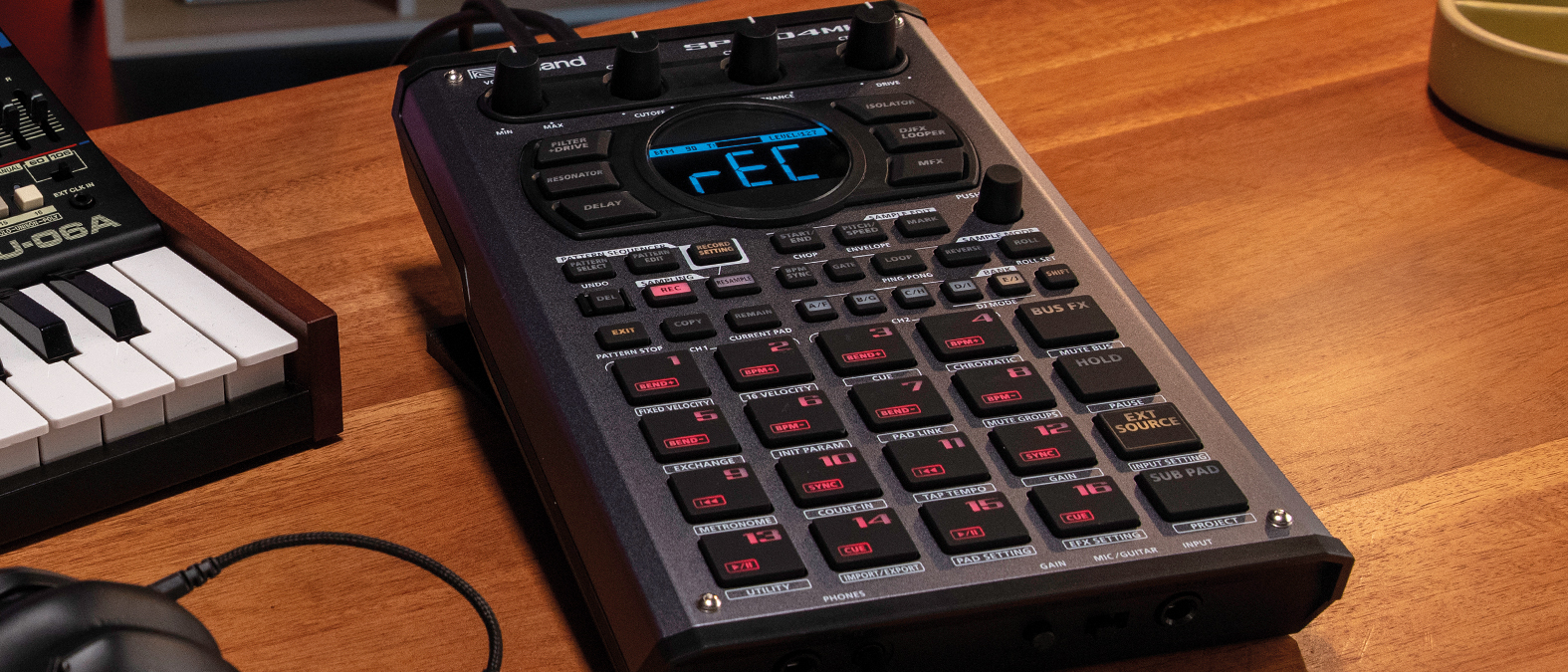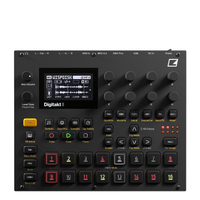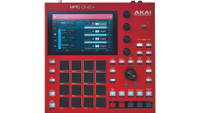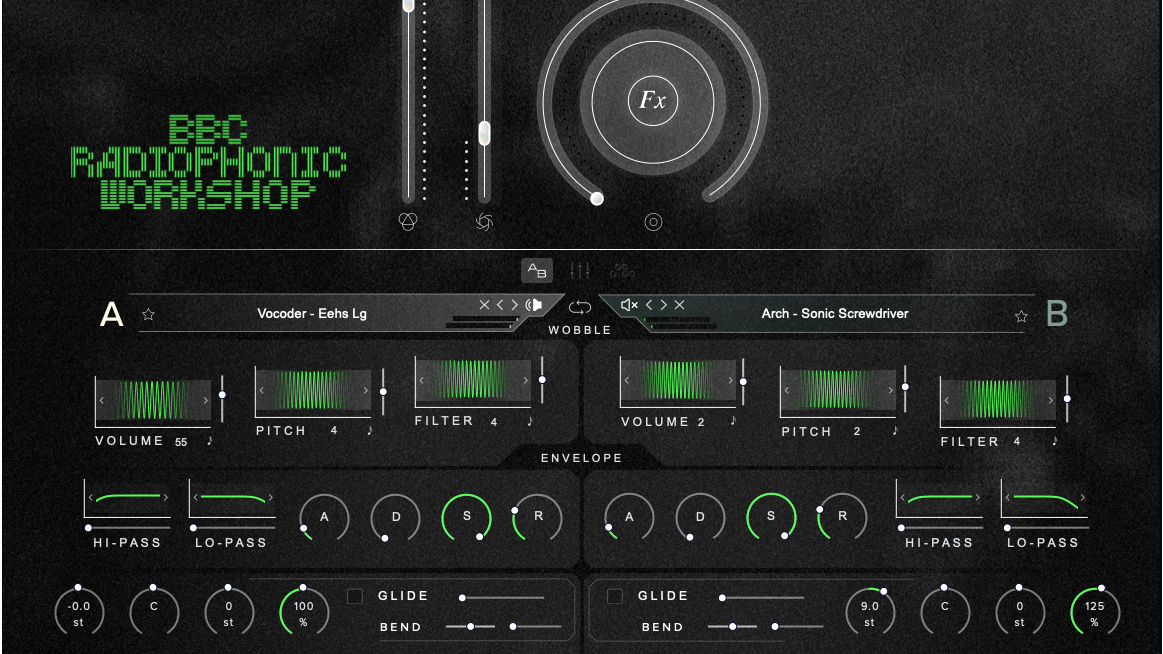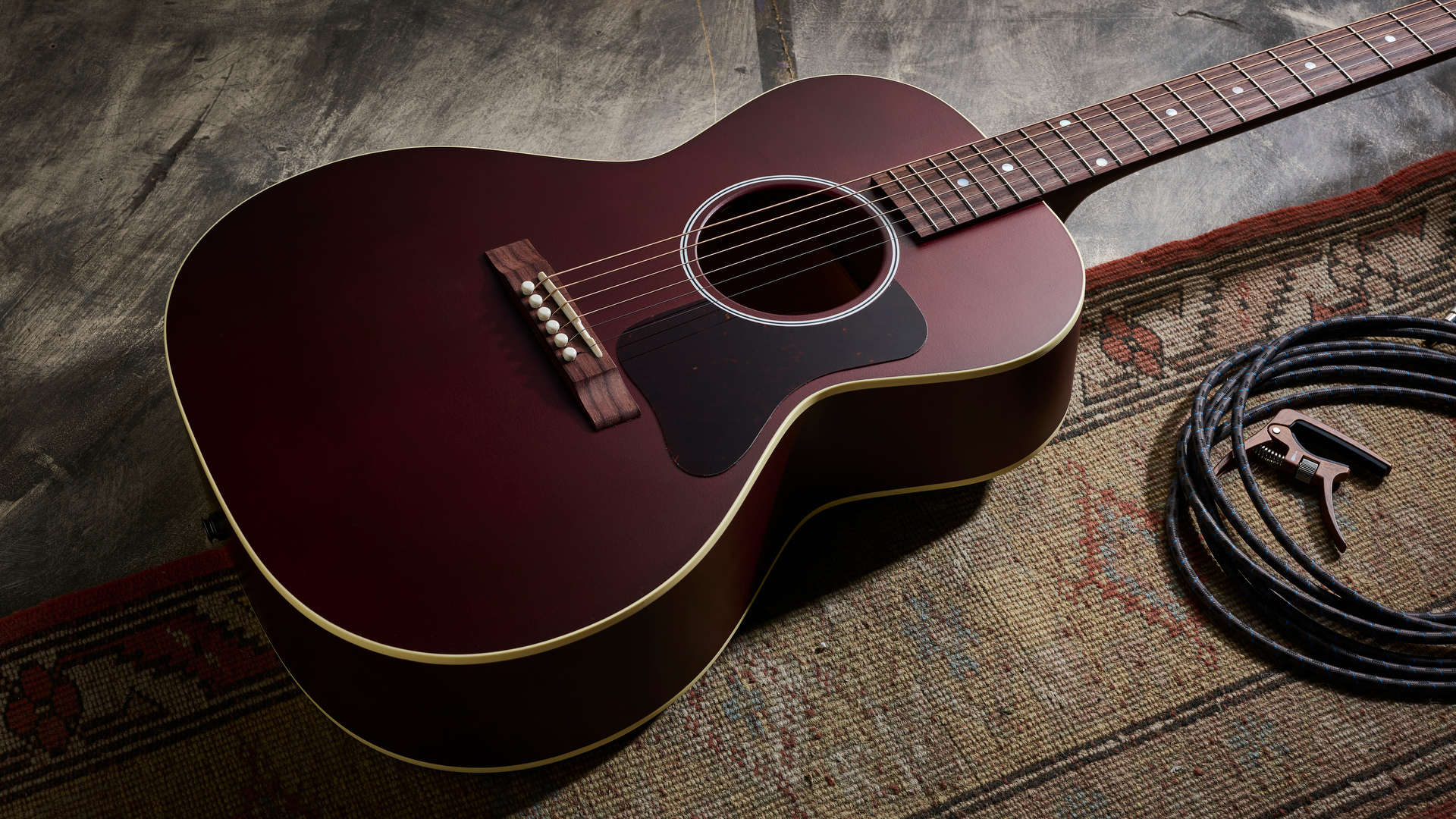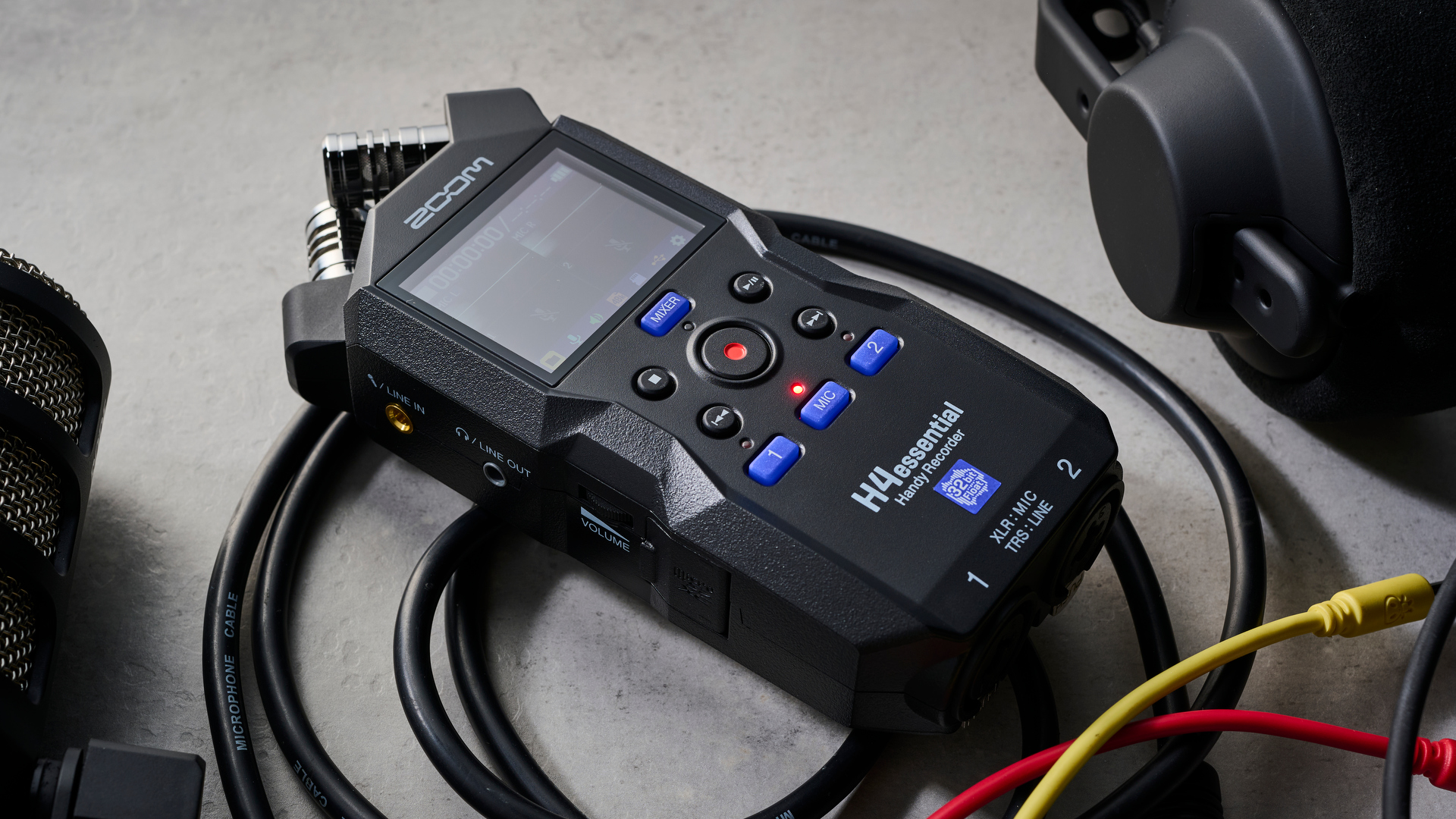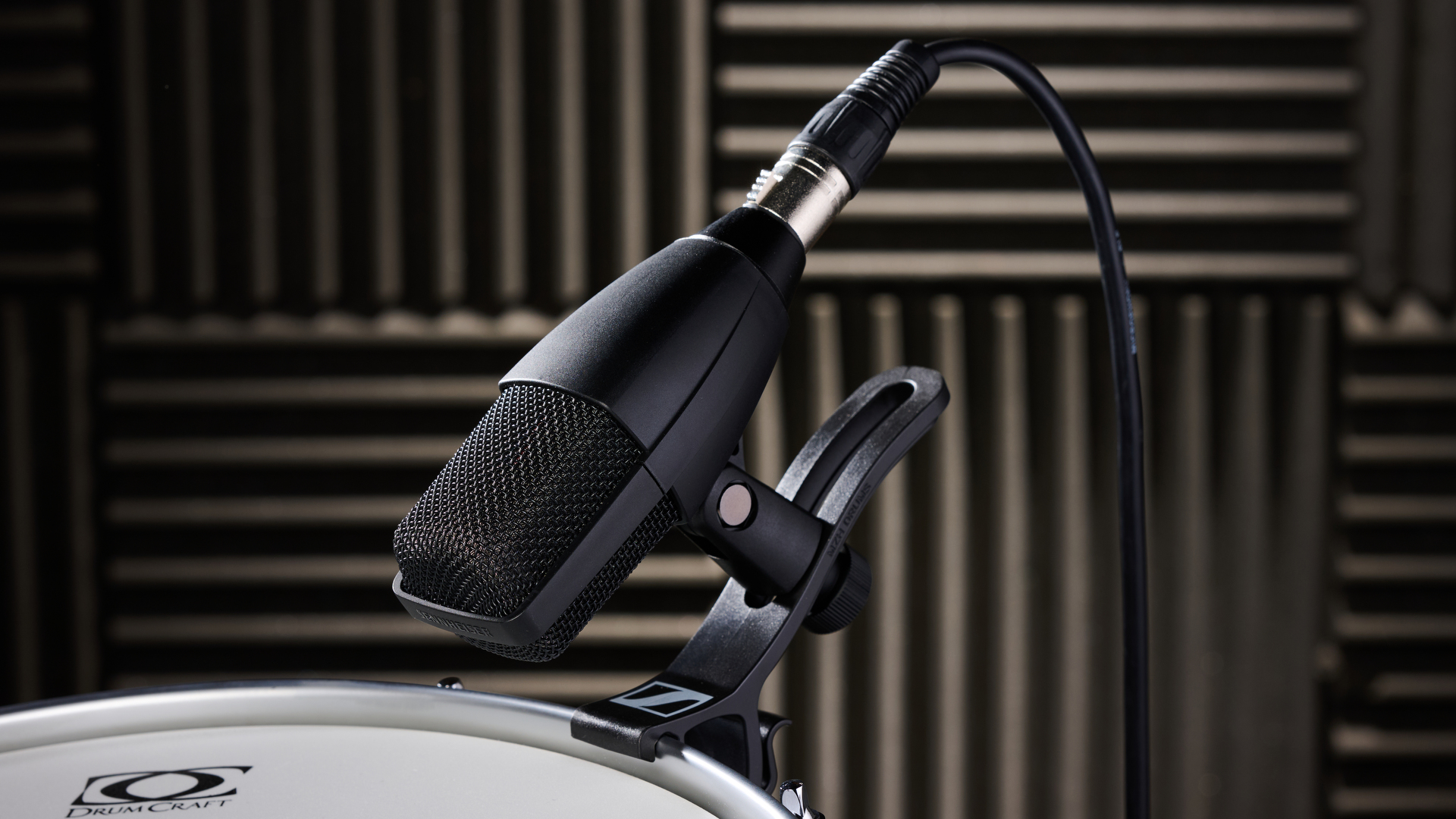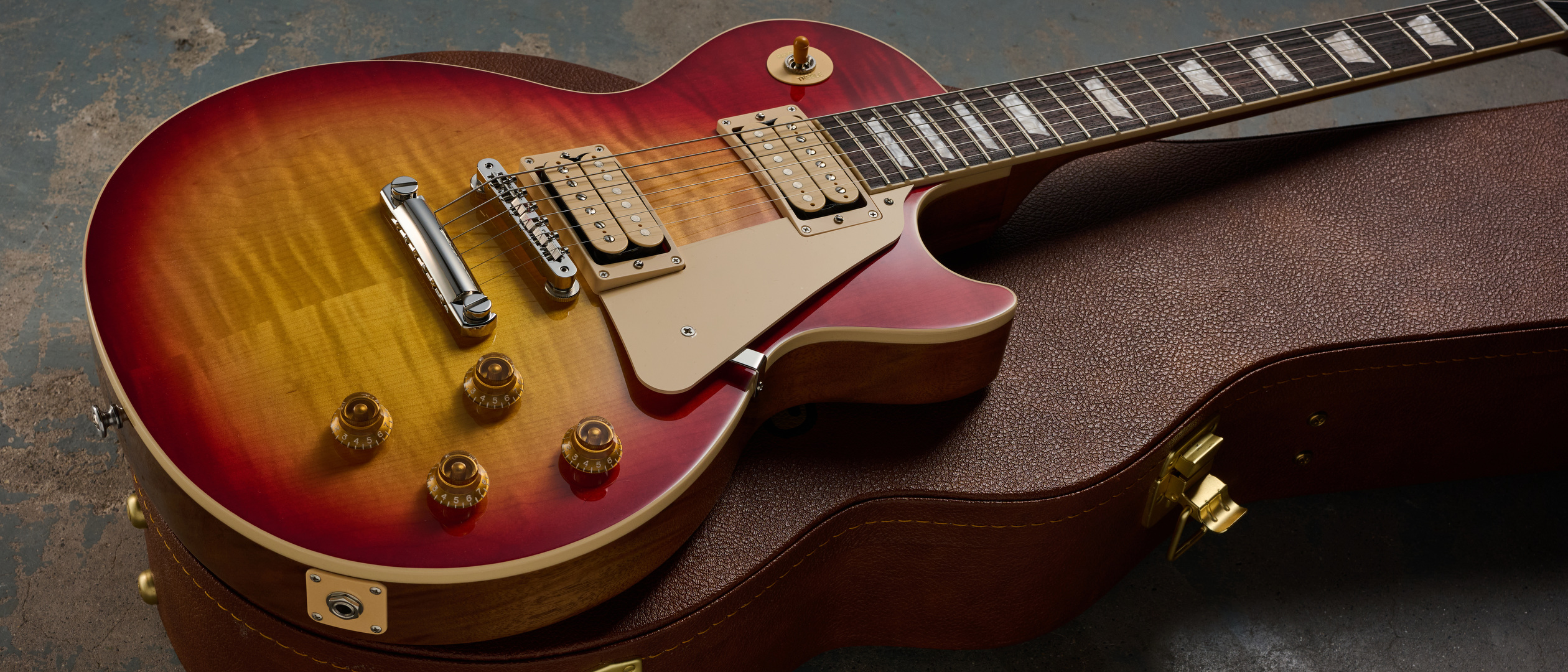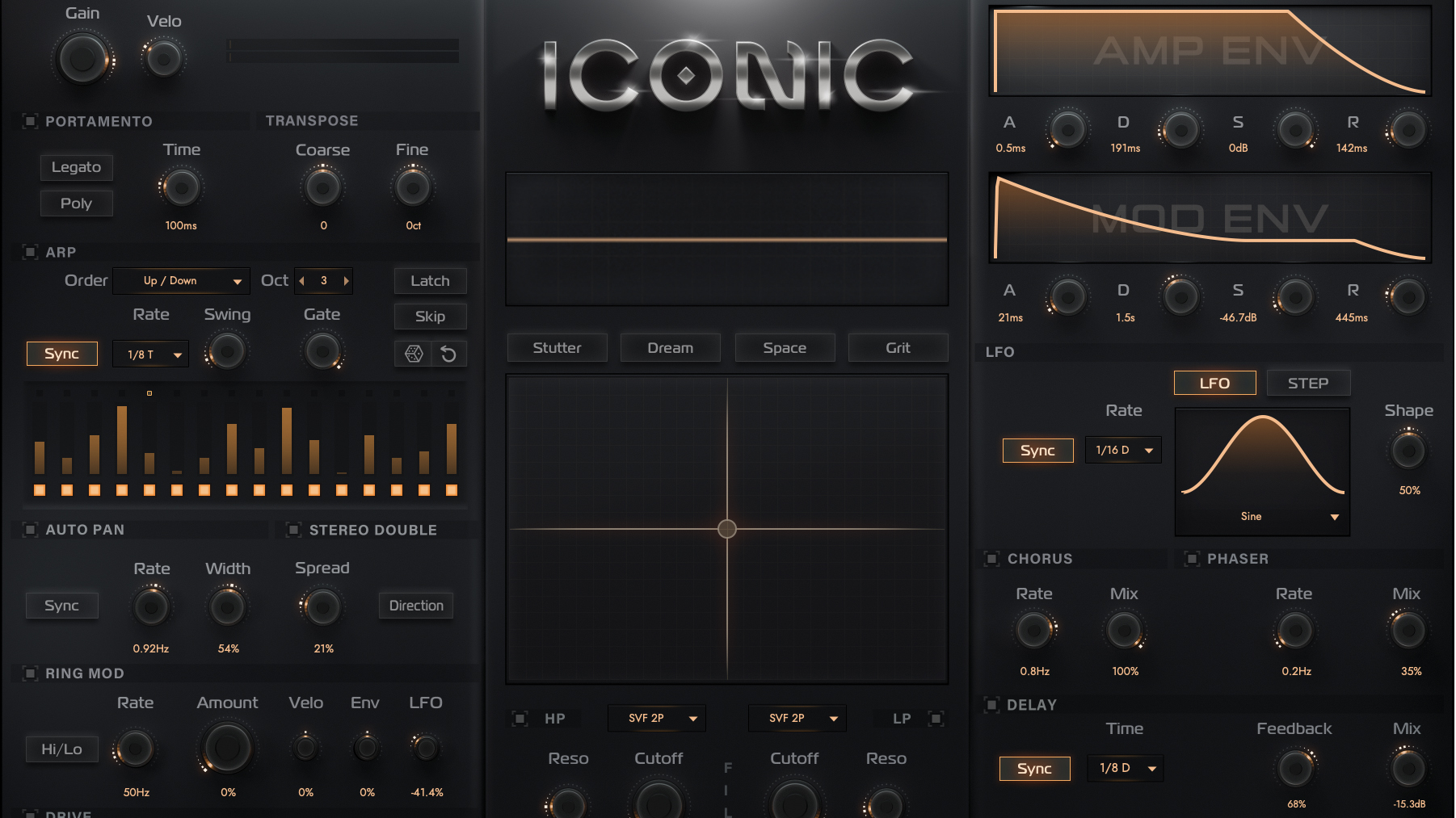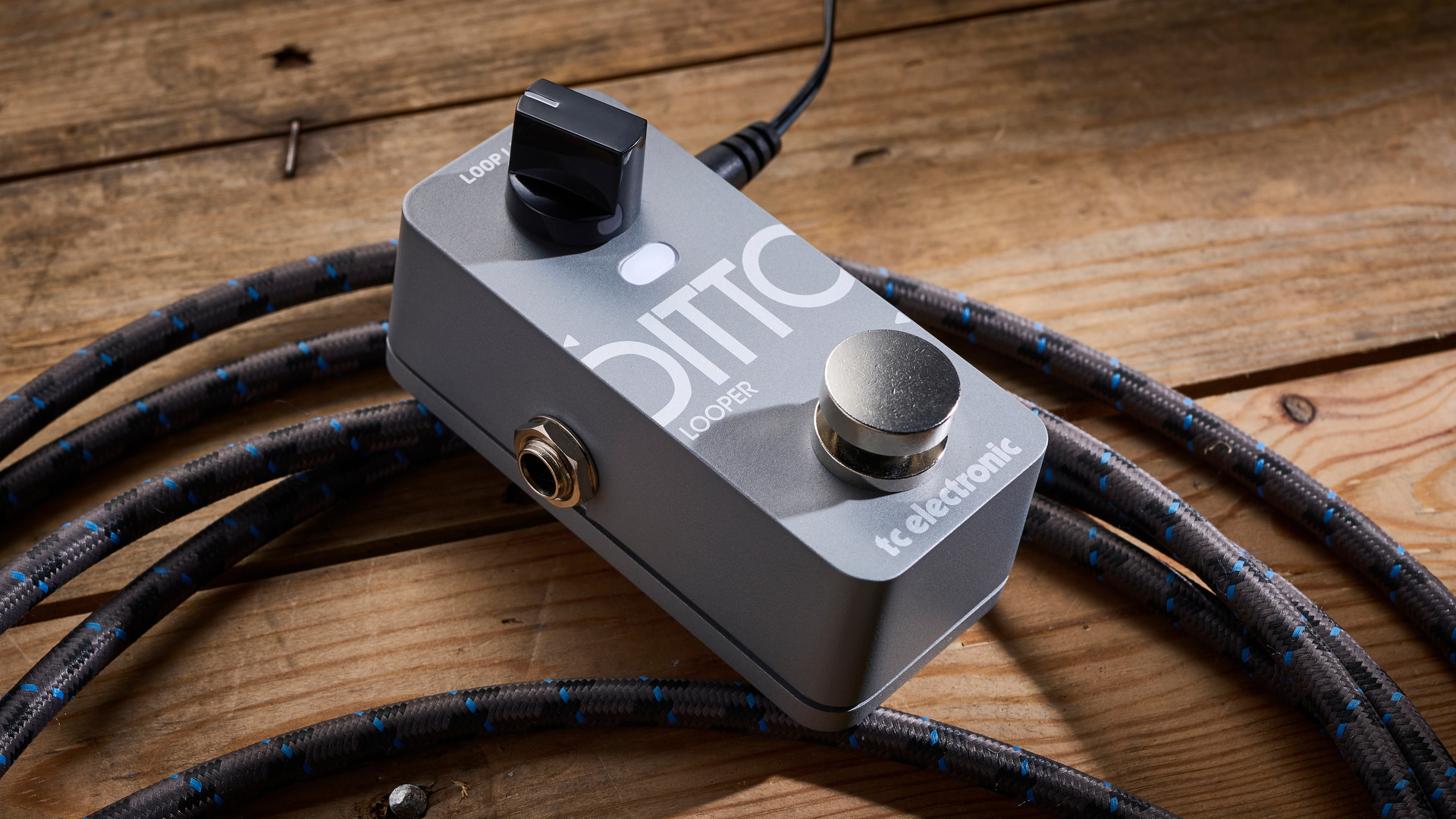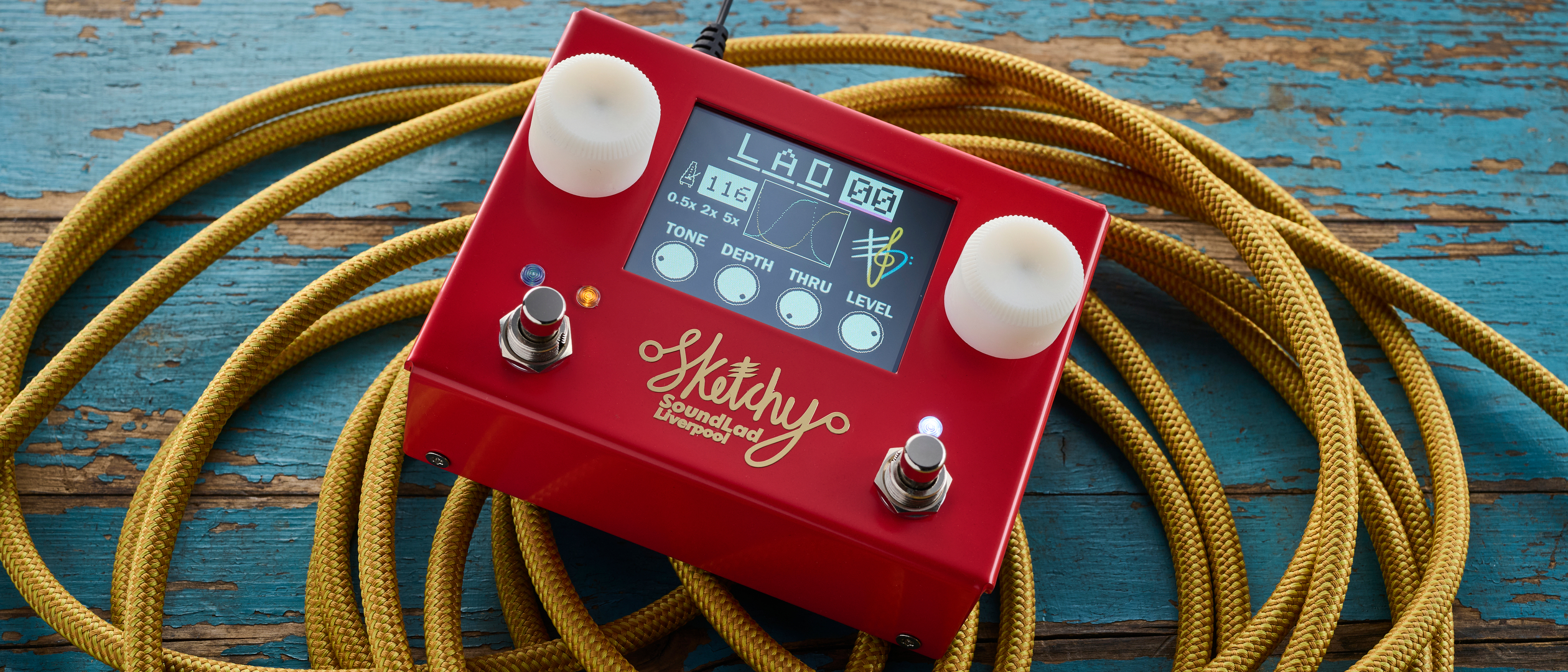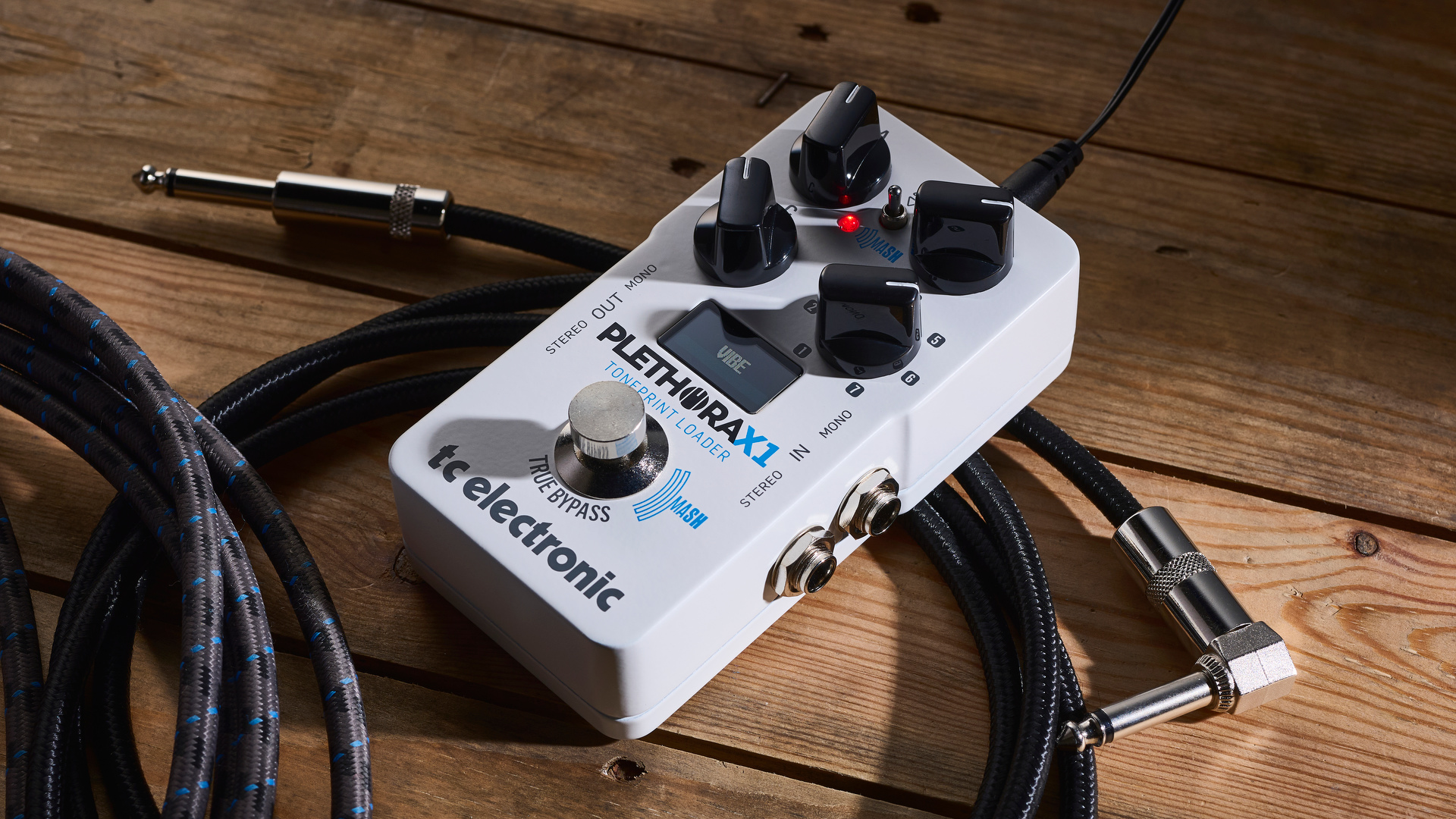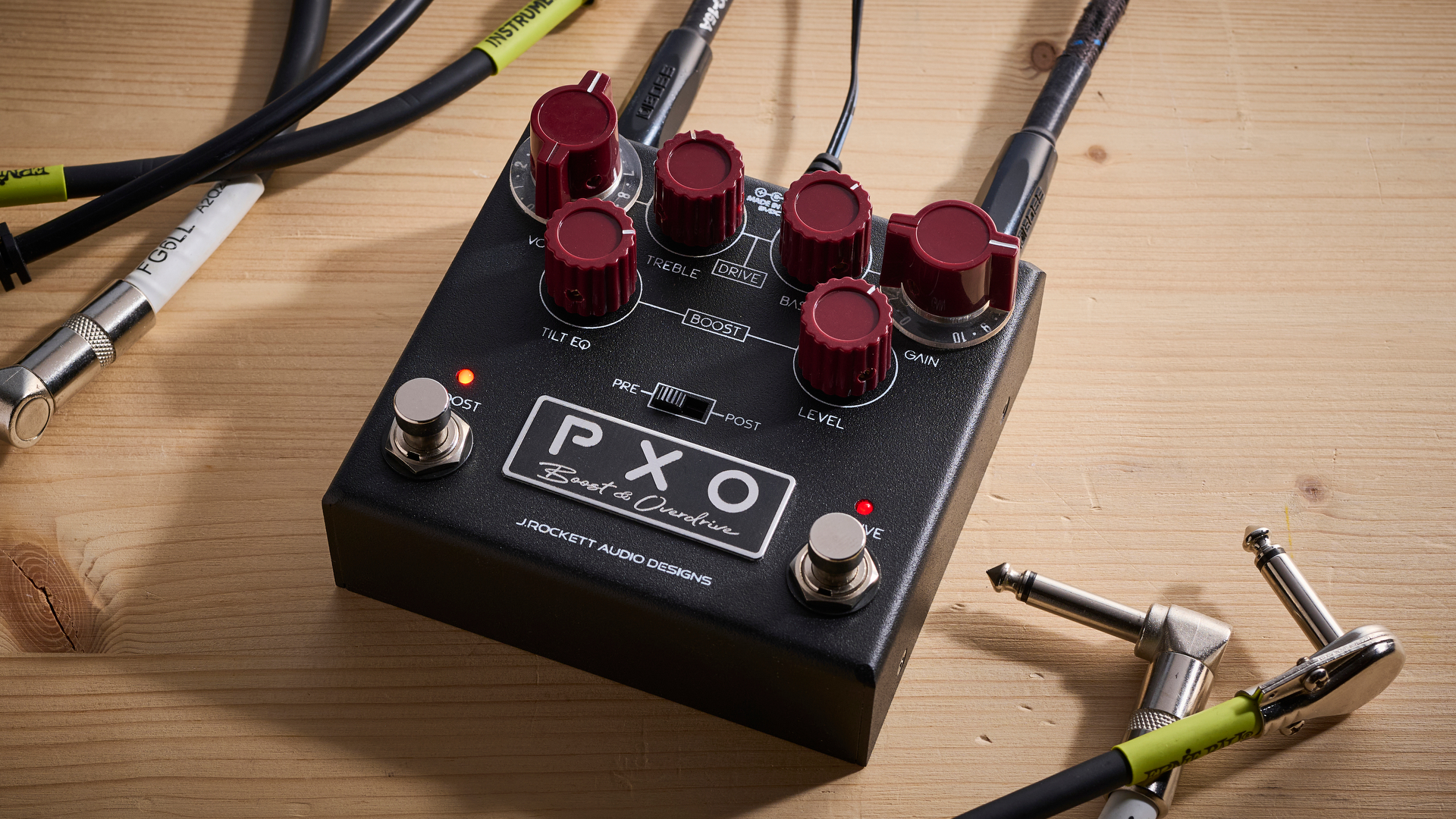MusicRadar Verdict
Roland has upgraded the old 404 formula just enough to bring the much-loved sampler into the modern era, with a slew of enhancements that really increase the usability of an already very easy-to-use instrument.
Pros
- +
Velocity sensitive pads invite immediate playing.
- +
Plenty of effects to add new flavours to your samples.
- +
New DJ mode expands functionality even further.
- +
Skip Back Mode is handy for not losing those late night ideas.
Cons
- -
Sequencer still fairly limited compared to other grooveboxes.
- -
Only four knobs means that there’s not a ton of hands-on control.
MusicRadar's got your back
What is it?
Roland surprised a lot of beatmakers this past month with the announcement of the new SP-404 Mark 2, which sees the iconic sampler getting greatly expanded in a number of ways. Previous versions of the 404 have been instrumental in the LA beat scene, where the combination of affordability and ease-of-use made the machine a favourite of many, both on stage and in the studio.
Part of what made the 404 so easy to use was that it was fairly limited in what it could do. Even though previous versions included a sequencer, most users bypassed the sequencer altogether and recorded their beats in real time by tapping on the pads and resampling the result. Given the bevy of built-in effects that also can be applied to the built-in input, the 404 became a quick way to take your source material and flip it on its head. While later versions of the 404 increased some functionality, this Mark 2 is a completely new machine.
There is now 32 voice polyphony, 160 samples per project, and 16 projects in all, which mean a greatly expanded SP. Most important is the addition of a new OLED screen, which replaces the old LED screen which simply had a three number reference. The OLED screen holds a lot of information, particularly for waveform editing, something that was unheard of on old versions of Roland samplers!
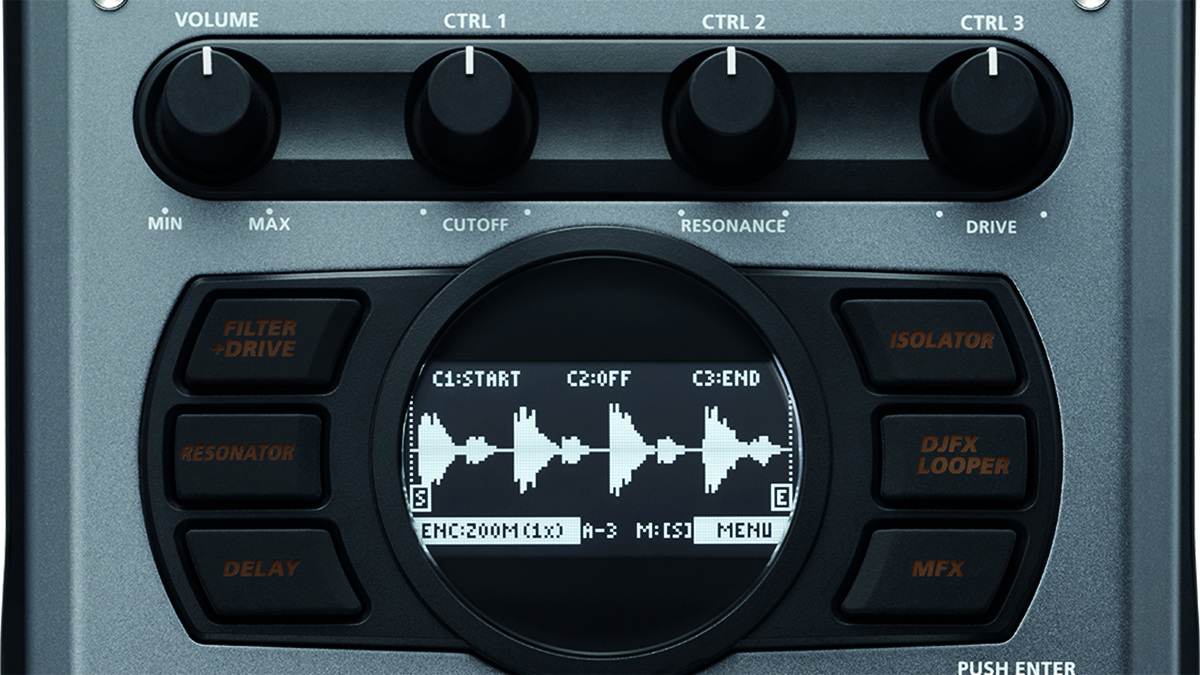
RCA connections have been upgraded to ¼” jacks for both ins and outs. The addition of an SD port on the side makes this a very fully featured machine for how small the footprint is.
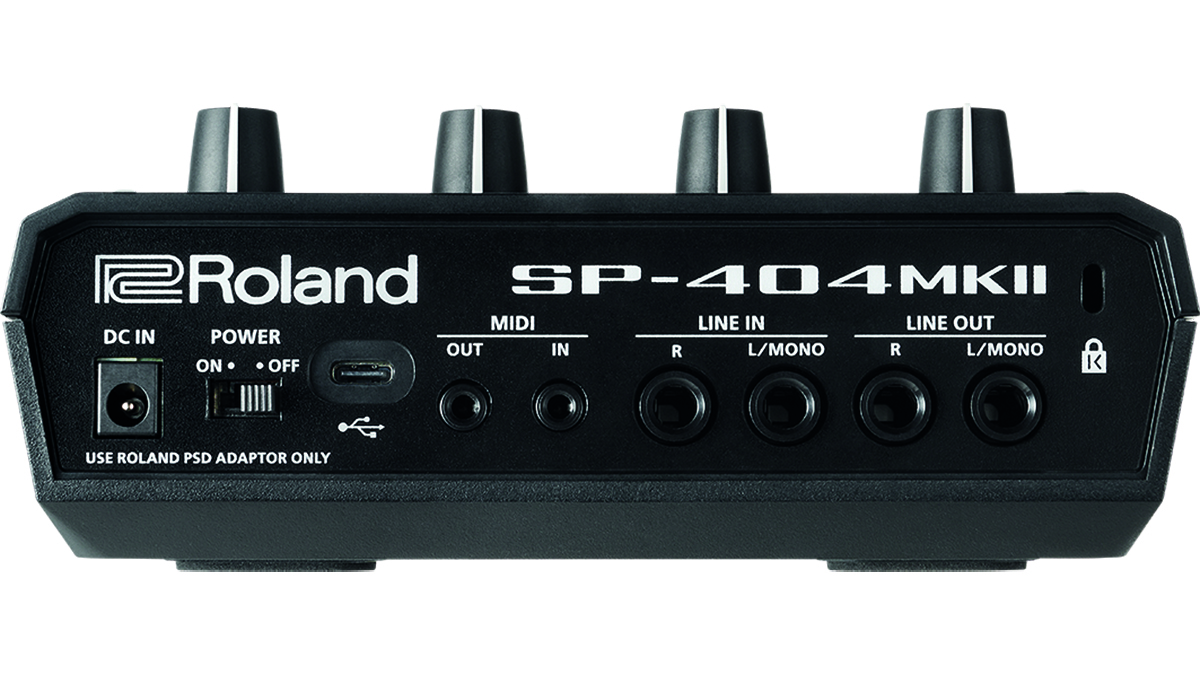
Power comes from three possible sources – an included AC adapter, six AA batteries, or through the USB-C port. Impressively, the USB-C port can also be used to connect the SP-404 mk2 directly to iOS devices and it allows it to act as an audio interface when connected to your computer. Like other recent devices in the Roland AIRA range, it’s possible to stream four inputs and 14 outputs via digital driver directly to your computer. Having a machine that is portable and battery powered while still having this digital capability is exciting for SP users indeed.
Roland SP-404 MKII: Performance and verdict
There are now 37 effects in total, including new bespoke input effects like guitar amp sim and vocoder. Like the other digital effects in Roland’s current lineup these sound great but don’t necessarily impart a ton of character. New on the mk2 is the addition of busses for routing the effects in several configurations. The busses can hold any of the 37 effects, and bus routing can be changed from serial to parallel for quick mix changes. The mk2 features 17 (not 16!) velocity sensitive pads (the 16 pads plus the Sub Pad) – these work well given their smaller size and are fully capable of bashing in your beats. Mute groups, customised sample playback settings per pad, and roll settings per pad make this a very capable sample performance machine.
One of the most interesting additions to the new mk2 is what Roland has dubbed Skip Back mode. Essentially, Skip Back mode means that the SP-404 mk2 is always recording audio in 25-second chunks. When you press the Mark button, the last 25 seconds of anything that you played are displayed as a waveform on the screen and can be saved, edited, or assigned to a pad. Never will you struggle to reproduce that sloppily played pattern you half-heartedly came up with, only to be lost in the sands of time!
The SP-404 mk2 has the addition of a new envelope function for your samples. The old version had no envelopes at all, so this is a huge improvement for sound sculpting and sound design and saves precious resampling time if you’re trying to create pad-like sounds.
It’s now possible to connect an iPhone or iPad and sample directly over the USB connection on the 404 mk2. Given that each sample can be up to 16 minutes long and that each project can hold up to 160 samples per project, this means that each project in the 404 mk2 can now be its own entire sonic universe. With the incredibly quick project load times, you can even store separate tracks in different projects and have a huge library of audio to work with.
DJ mode lets you play two different tracks at once and includes sync functionality
Another new feature on the SP-404 mk2 that was inspired by the 404 community at large is a completely new DJ mode, which lets you play two different tracks/samples at once and even includes sync functionality. When in DJ Mode, the pad functionalities change to reflect what is screen-printed on the pads themselves. Each ‘channel’ has separate volume controls, the ability to nudge tempo up or down, and the ability to choose which channel goes to the headphone output, which can act as a separate Cue control.
Librarian app
Roland has given 404 heads even more connectivity through the new 404 mk2 Librarian app, which not only allows for sample management and editing, but also lets users import, export, and save full projects to and from their computer, greatly extending the usefulness of the device. The app also gives full control over sample playback mode, start and end point – essentially everything that you can do on the 404 but with the addition of seeing all of the parameters all at once, on the convenience of your screen.
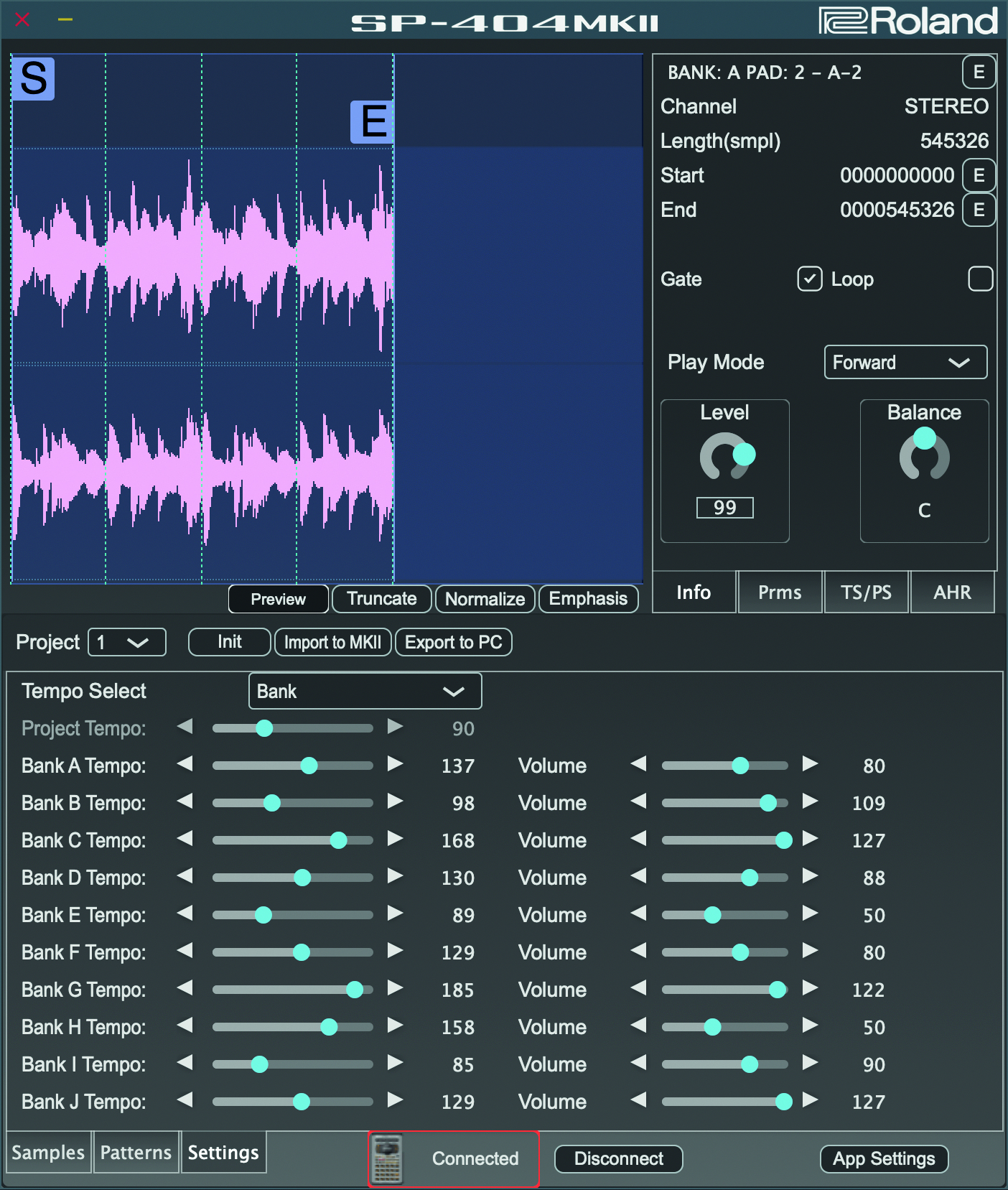
Overall, Roland has given the 404 an upgrade without changing its core workflow, which is dependent on being able to do almost everything you need to without looking at the screen or menu diving (even though there is a bit of menu diving in this new iteration of the 404). Given the huge access to samples and sounds, the plethora of effects, and the new DJ mode and Skip Back Mode, a lot of beatmakers are going to find the SP-404 mk2 at the centre of their DAW-less setups.
OS v5.0 UPDATE
Roland's evergreen SP-404 mk2 is back again, and this time it returns with a new OS update, v5.0. You may be just as surprised as we were, as it's not as if Roland has been resting on its laurels with the 404 mk2. The last update, appropriately named v4.04, added a bevy of new functionality, including a useful loop mode, Koala App integration, a new sound generator and much, much more.
This new v5.0 update adds yet another wrinkle to the SP fold, as it turns the 404 mk2 into a deft controller for Serato DJ Pro and Lite. While some will be quick to exclaim that the 404 already came with a built-in DJ mode when it was first announced, this new v5 greatly expands what the SP-404 can control inside of Serato. DJ mode allowed the 404 to function as a mini DJ set-up, where it was possible to control volume and tempo levels, as well as assign cue outputs. But besides that, it was fairly limited.
However, with this v5.0 update, the SP-404 mk2 is essentially a small, albeit full-fledged, DJ controller for Serato, where almost any function you'd need in the software can be handled from the SP. Conveniently, because of the aforementioned DJ mode, all of the pads are already labeled for DJ functionality - play/pause, cue, sync, etc. All of these do what you'd expect—no big surprises here. Shift and bend + or - allows for manual scrubbing through your track, which is handy for finding that big drop. Knobs C1 and C2 still control volume of each respective channel, and C3 functions as a crossfader between them. Loading to decks, adding cue points and setting loops are also possible.
FX are still available while in Serato mode, which is a huge bonus and where the SP / Serato combination shines. It's also possible to use the SP-404 mk2 with Serato's Stem mode, which has the ability to separate your track into four stems, as has become de rigueur these days. The SP-404 automatically maps these four stems to the first and third columns of pads, allowing for quick remixing on the fly. This opens up a whole world of creative possibilities. It also assumes you already have access to Serato DJ Pro.
Not to be left out, Serato Studio, Serato's take on a production atmosphere, also gets hands-on control directly from the SP. Creating patterns, auditioning sounds, controlling effects, and much more are all possible, though it's a bit less intuitive than the connection that the 404 shares with Serato DJ because of the aforementioned button labeling.
All in all, this new update puts the SP-404 mk2 in a territory not a million miles away from Native Instruments' popular X1 controller, which could be seen across many a DJ booth in the early 2000s. The fact that a fully fledged sampler also hides within just shows how spoiled we are these days. How big of a draw this new v5.0 update is for you is going to greatly depend on whether or not you are already a Serato user (and already own an SP-404 mk2).
Is the fact that the SP can now control Serato going to draw in new users to both products? Who knows, but it's yet another layer of functionality inside an already incredibly capable product that keeps on finding ways to surprise us at every turn.
Hands-on demos
Roland
Alternatives
Less portable and more focused on sequencing, Elektron’s well-spec’ed sampler is a hugely creative instrument nonetheless.
Read the full Elektron Digitakt II review
Akai’s current crop of standalone MPCs are great for on-the-go beatmaking. The One is the cheapest and most compact of the range.
Read the full Akai MPC One review
Specifications
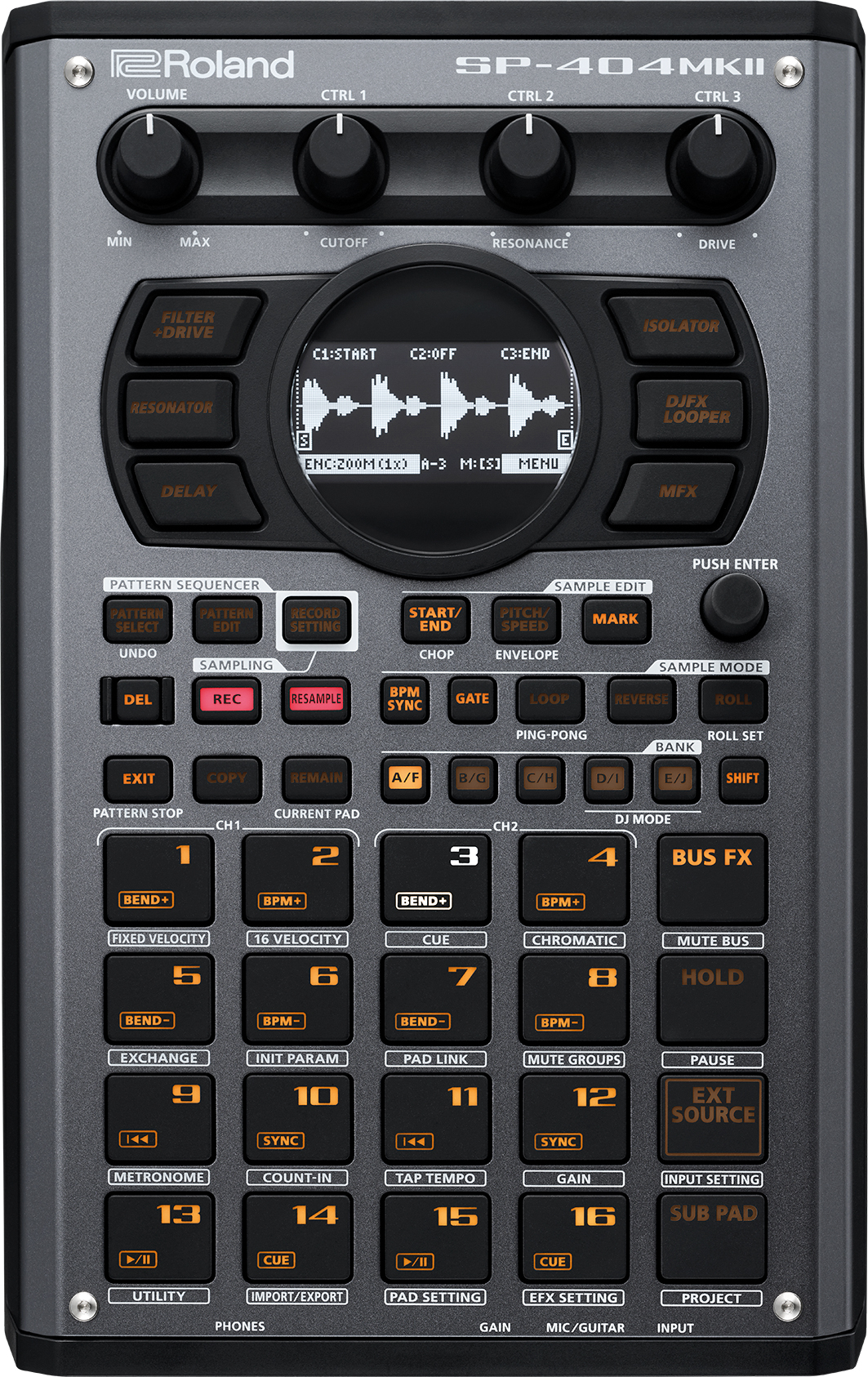
Polyphony | 32 voices |
Recordable Data | Samples = 2,560 (16 samples x 10 banks x 16 projects, stored in internal storage)Patterns = 2,560 (16 patterns x 10 banks x 16 projects, stored in internal storage) |
Memory | 16GB internal memory |
Effects | Multi-effects: 41 types Input effects: 17 types |
Maximum sampling time | 16 minutes (approximately 185 MB per sample) |
I/O | Stereo pair jack line inputs Stereo pair jack line outputs Headphone out Guitar/mic in MIDI in and out (via adapter) USB |
Sampling frequency | 48kHz |
Pattern Sequencer | Resolution: 480 ticks, quarter note Pattern length: 1 to 64 bars (variable during recording) |
CONTACT: |
You must confirm your public display name before commenting
Please logout and then login again, you will then be prompted to enter your display name.
“I used everything I knew about music”: How Green Day exceeded expectations with their most ambitious song
YouTube just added AI tools that makes musicians, library music and video editors redundant
“Every one of them said yes without hesitation": Hank Marvin and Roger Taylor have just remade a '60s classic for charity
